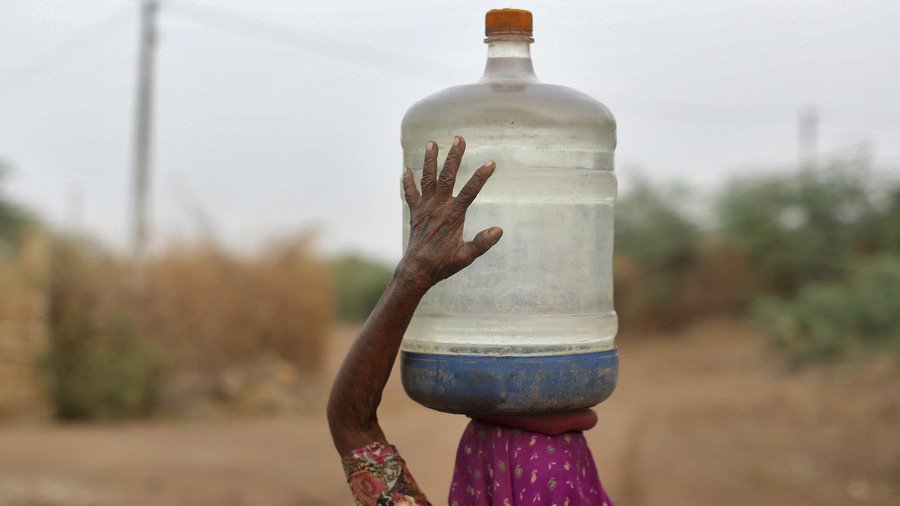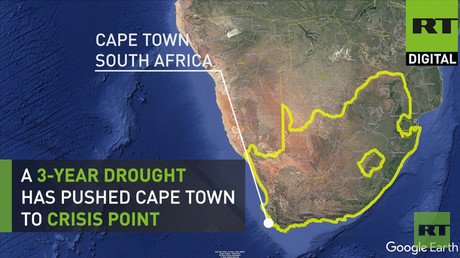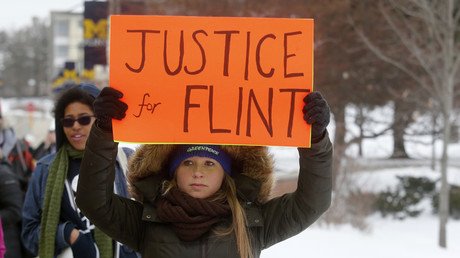Almost half of Indians out of drinking water by 2030, 600 million facing shortages - study

Hundreds of millions of Indians are in need of clean water and demand may twice exceed the available supply by 2030, a government think tank has warned. 200,000 people already die annually due to drought and water contamination.
The second-largest population in the world is suffering from the worst water crisis in its history, with the situation deteriorating year by year, according to a study by the government-run National Institution for Transforming India (NITI Aayog) think tank.
The study found 21 of the busiest cities in India, including New Delhi, Bangalore, Chennai and Hyderabad, are expected to reach zero groundwater levels by 2020, affecting 100 million people, according to the study.
“Currently, 600 million Indians face high to extreme water stress and about [200,000] people die every year due to inadequate access to safe water,” the study warned.
The unfolding crisis is only going to get worse, NITI Aayog predicted. In just over 10 years, hundreds of millions of Indians would be suffering from “severe water scarcity”, while the country’s GDP would drop by 6 percent.
The current state of India’s water resources is equally concerning, the study noted. Droughts are steadily becoming a nationwide challenge, making life miserable for India’s farmers. “When water is available, it is likely to be contaminated (up to 70% of our water supply),” the think tank said.
The situation is being blamed on poor water governance. Crops that need a lot of water planted in areas unsuitable for them, and waste being dumped into canals. Managing water resources “is often currently viewed as a zero-sum game” in issues such as agricultural incentives and pump electricity pricing, researchers noted.
READ MORE: Water scarcity by 2030: True for every second person on earth, UN says
The South East Asian nation saw a number of water-related protests in recent times. Tensions over water allocations from the Narmada River were gripping Gujarat, the home state of Prime Minister Narendra Modi. In March, state authorities limited irrigation takeaways from the river, asking farmers not to sow crops.
Scores of people died in violent protests over the Kaveri River dispute between southern Indian states of Karnataka and Tamil Nadu. India is also locked in long-standing disputes with neighboring China, Pakistan and Bangladesh over water sharing from cross-border rivers.
Think your friends would be interested? Share this story!















